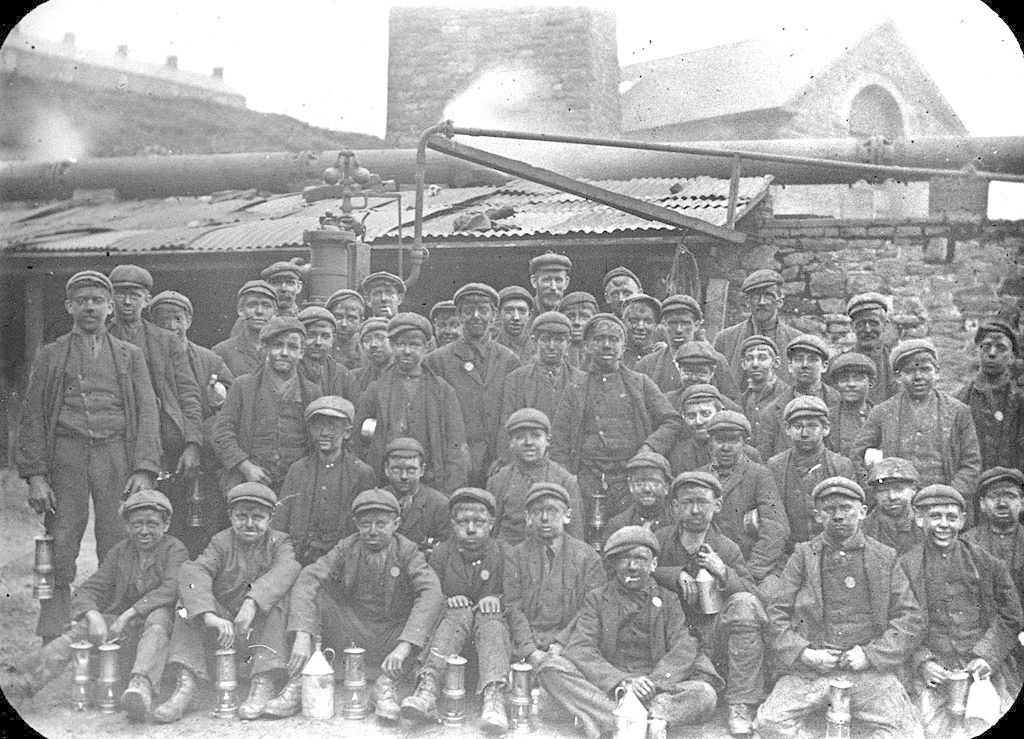Dare Valley is a translation of the original Welsh “Cwmdare”, which is also the name of the village on the outskirts of Aberdare where the country park is located.
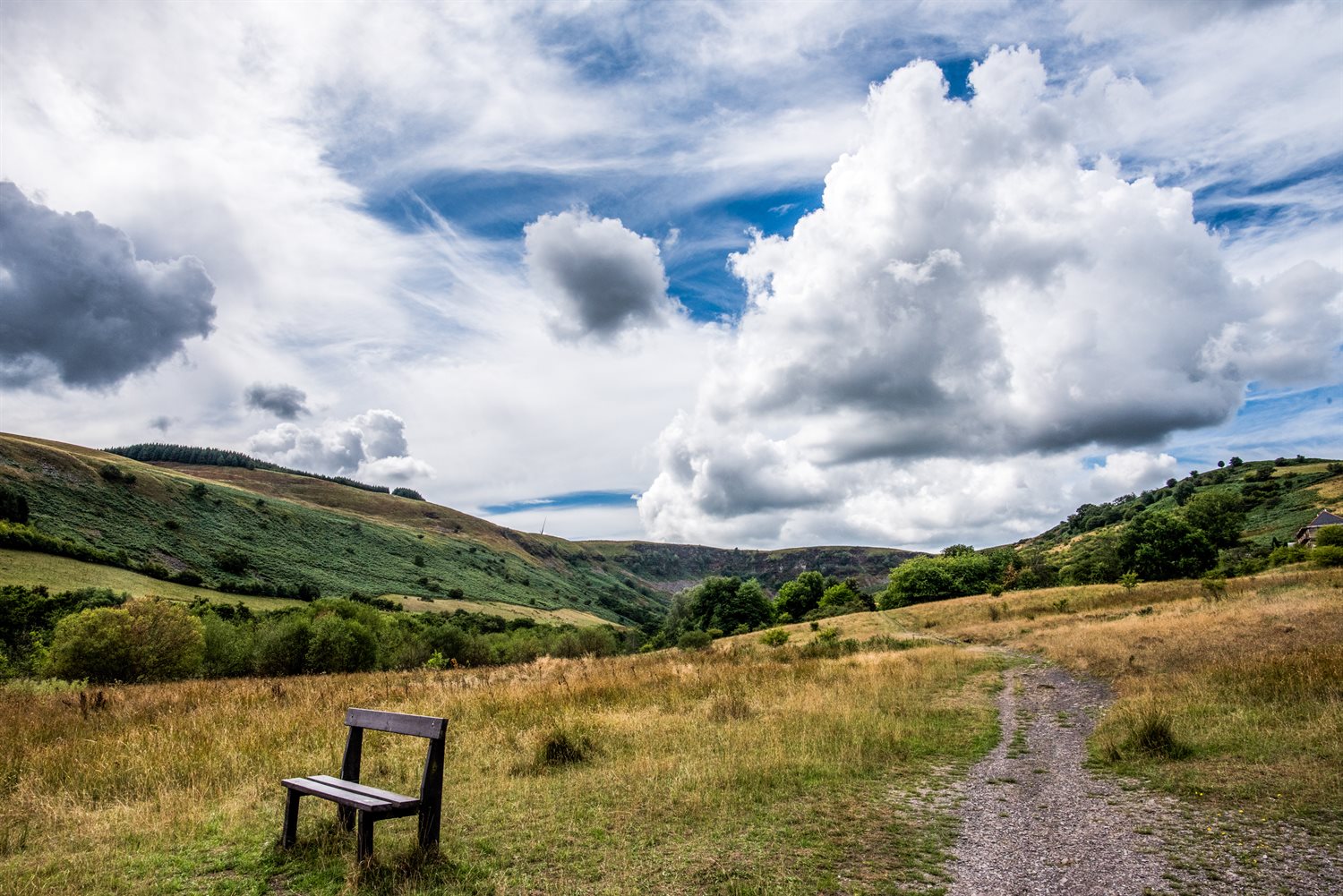 Dare Valley Country Park as it is now.
Dare Valley Country Park as it is now.
While it was the coal mining and iron industry boom of the 1850s that led to mass population and development of the area (before that it was a scattering of farm houses and agricultural land) it is thought much of the landscape was shaped by glaciers during the last Ice Age.
Cwmdare comes from "Afon Dare", the name of the river that flows from the Darren Mountain into the valley, through Cwmdare and on to Aberdare, where it joins the River Cynon.
Such rich natural resources are why the area was prime for industrialisation, with an explosion in population (a tenfold increase!) in just 50 years as a result of mining and iron working.
Coal mining in Dare Valley is officially recorded from 1851, but it is believed there was smaller-scale mining for some years prior.
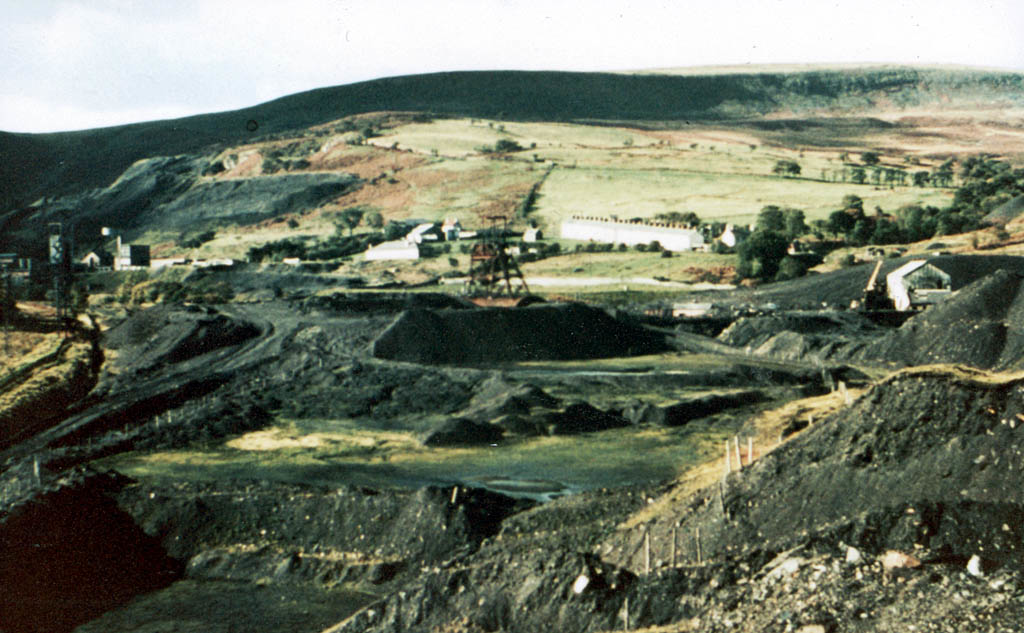 The use of Welsh steam coal in Royal Navy ships around the world boosted the reputation of our native “black gold” and fuelled an international export operation, with four mines operating in the area.
The use of Welsh steam coal in Royal Navy ships around the world boosted the reputation of our native “black gold” and fuelled an international export operation, with four mines operating in the area.
In the 120 years since the opening of the first mines, the seams were gradually used up and the last pit, Bwllfa Dare, closed in 1997.
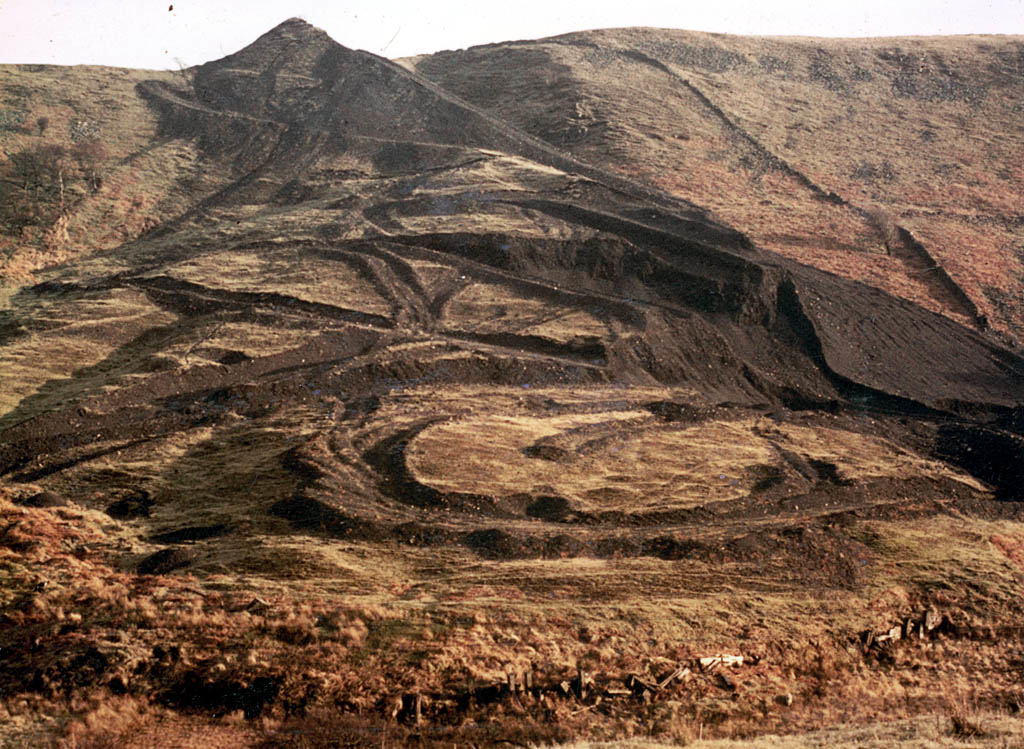 Two separate railways supporting the massive coal mining industries served Dare Valley, arriving in Cwmdare in 1857. These magnificent engines would carry tonnes of coals over viaducts built by the legendary Isambard Kingdom Brunel down to Cardiff and the docks.
Two separate railways supporting the massive coal mining industries served Dare Valley, arriving in Cwmdare in 1857. These magnificent engines would carry tonnes of coals over viaducts built by the legendary Isambard Kingdom Brunel down to Cardiff and the docks.
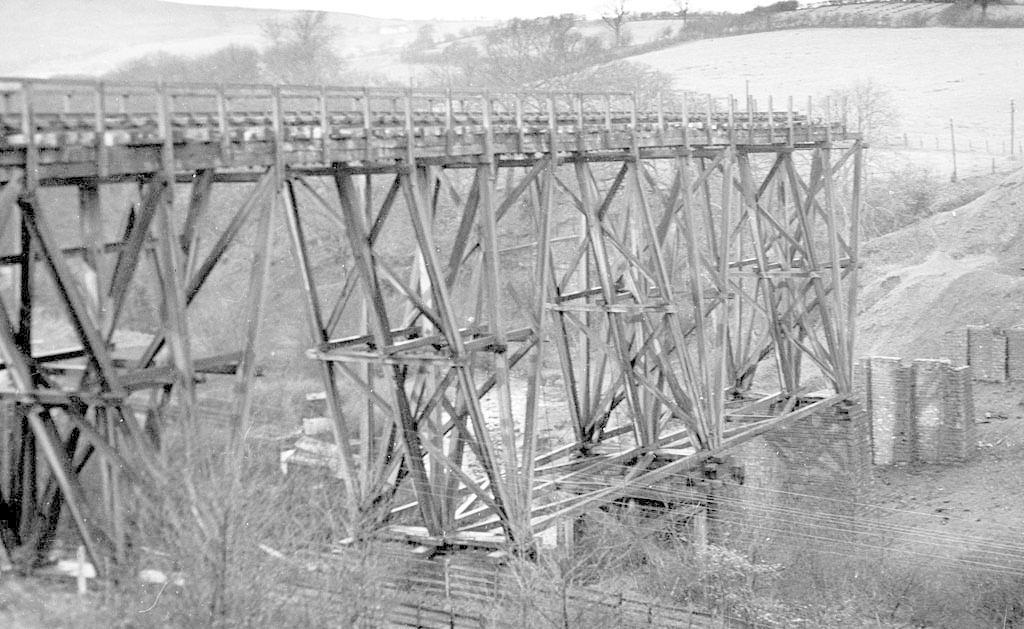 These former mighty wooden viaducts, constructed at the height of the industrial revolution by the genius Brunel, now form part of the entrance to Dare Valley Country Park.
These former mighty wooden viaducts, constructed at the height of the industrial revolution by the genius Brunel, now form part of the entrance to Dare Valley Country Park.
Shortly after the closure of the last pit in the late 1990s, it was decided the landscape should be restored to its original state.
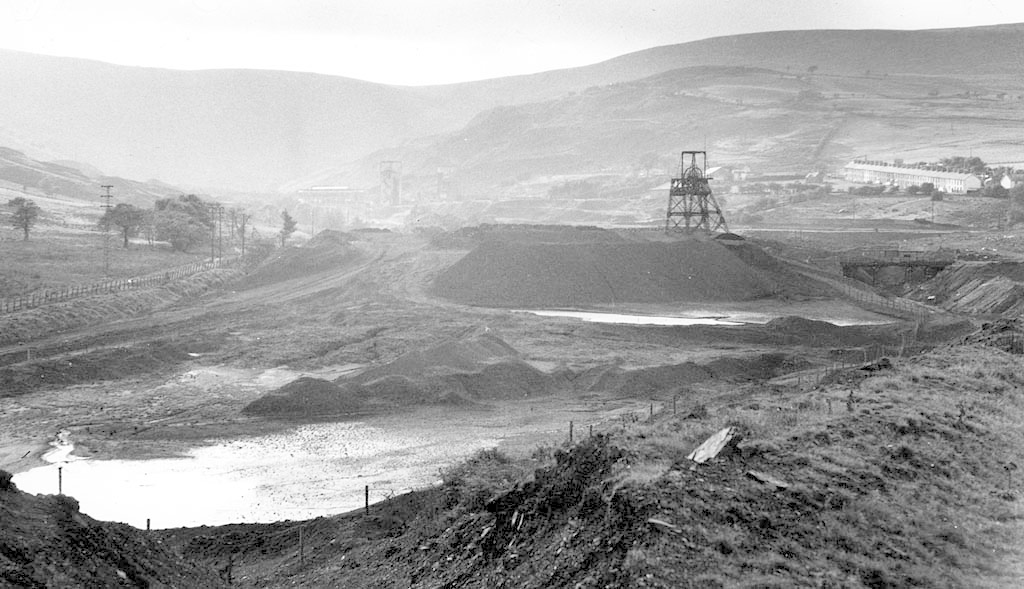 Coal and slag tips took two years to clear, while the River Dare was rerouted. The two lakes in the country park were created.
Coal and slag tips took two years to clear, while the River Dare was rerouted. The two lakes in the country park were created.
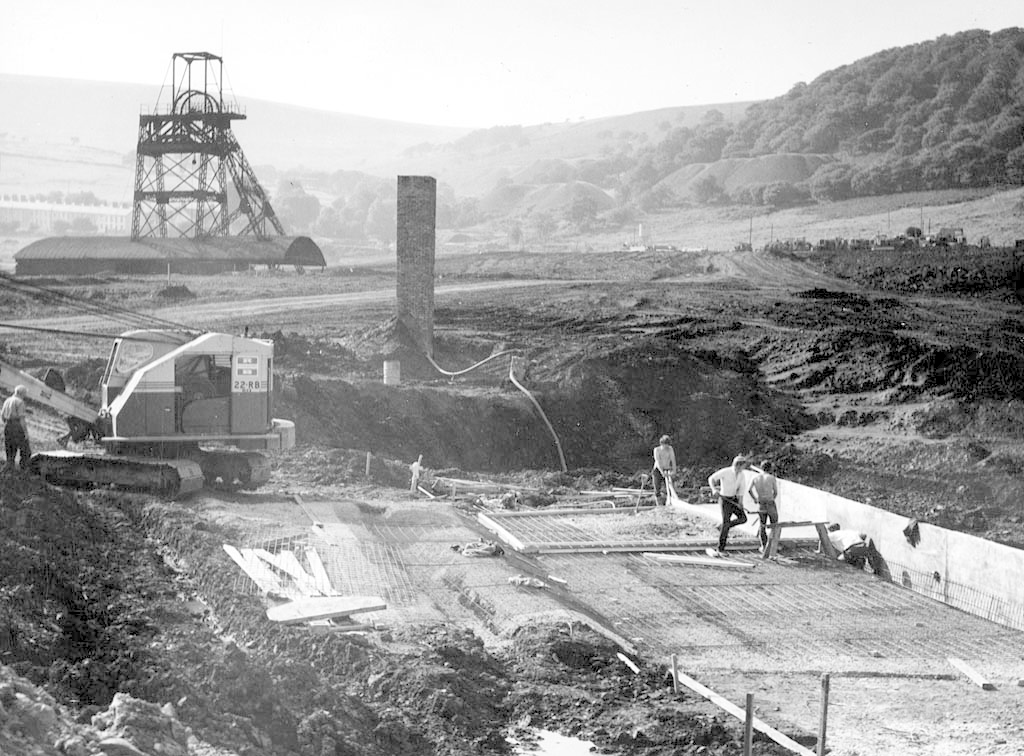 Find out more about the rich industrial history of Rhondda Cynon Taf and the story of its coal that powered the world at A Welsh Coal Mining Experience at Rhondda Heritage Park.
Find out more about the rich industrial history of Rhondda Cynon Taf and the story of its coal that powered the world at A Welsh Coal Mining Experience at Rhondda Heritage Park.
Here, the men who once worked in the mines serve as your guides, fitting you with your miner’s helmet and taking you on a journey underground and back in time. It’s an award-winning family day out.
